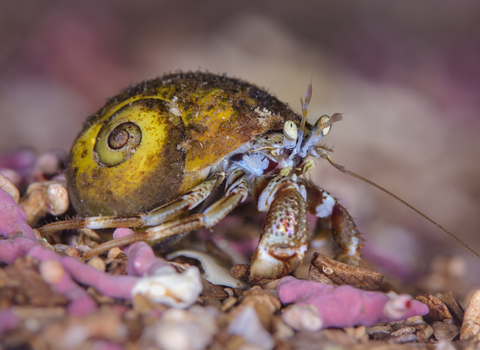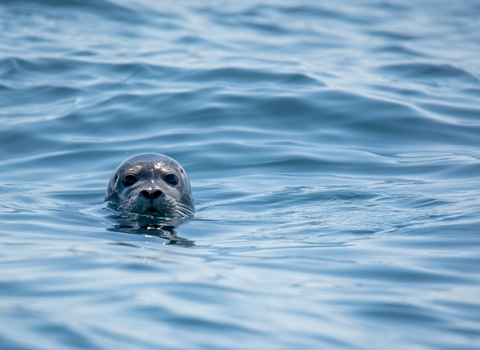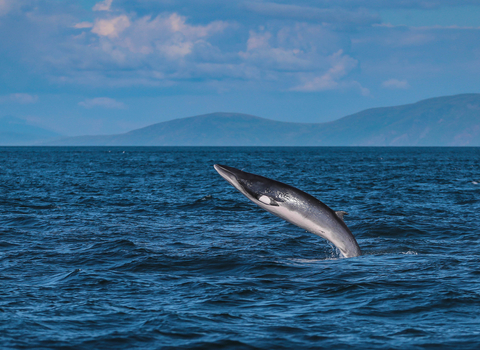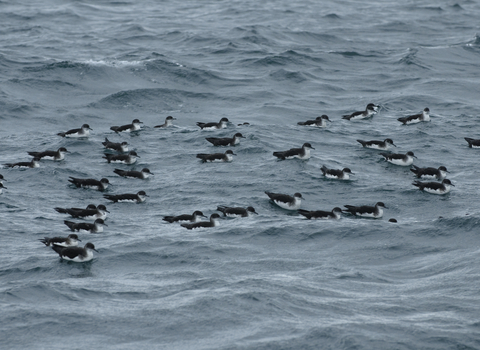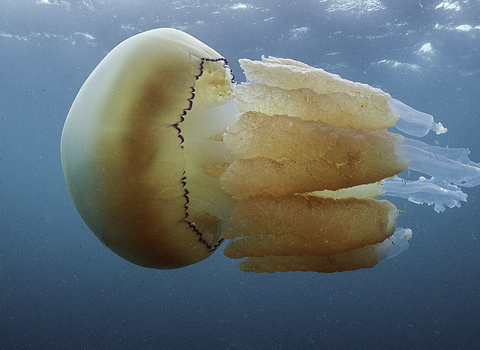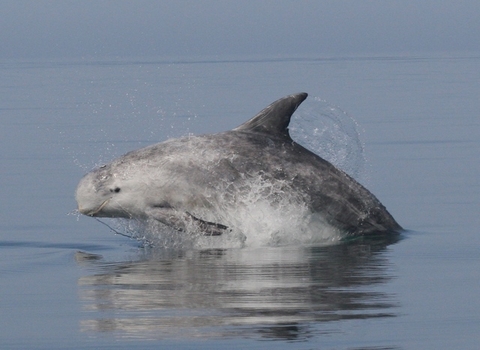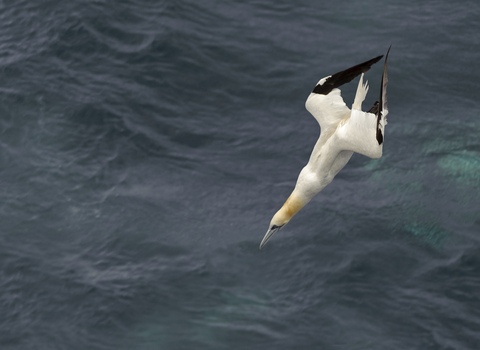Marine Protected Areas in the UK
Marine Protected Areas are places at sea where environmentally-damaging activities, like certain types of fishing, are restricted. They are a tried and tested means of protecting habitats and wildlife at sea and there are many around the world.
In the UK, there are a few types of Marine Protected Areas. Together these form a chain of protected areas around the coast which, once complete, will protect a wide range of marine wildlife and the special places they call home.
European Marine Sites
European Marine Sites are areas at sea that are designated to protect wildlife and habitats that are important at a European level. There are two types of European Marine Site: Special Protection Areas (SPAs) which protect birds and their essential habitats and Special Areas of Conservation (SACs) which protect other wildlife and important habitats.
National Sites
Across the UK, each country has the power to create Marine Protected Areas to conserve nationally important wildlife and habitats. These national sites have different names in the devolved nations of the UK.
Marine Conservation Zones (England, Wales, Northern Ireland)
Marine Protected Areas (Scotland)
Highly Protected Marine Areas
Highly Protected Marine Areas (HPMAs) are a new type of marine designation in England designed to allow marine life to recover. By giving special areas the best possible protection, they’ll benefit nature, people and the climate, too.
The science of Marine Protected Areas
Protecting special sites at sea is important, but to really bring our seas back to life we need a network of Marine Protected Areas. To achieve better seas for both people and wildlife, our MPA network must protect not just rare and threatened wildlife, but the whole range of ‘typical’ habitats and wildlife found in healthy seas. For us in the UK, this includes habitats like our cold water reefs, seagrass meadows, kelp forests and sandy, gravelly or muddy sea floors.
Designating an MPA is only the first step towards protecting the precious wildlife and habitats within. Active management is required to make sure our MPAs are doing the job for which they were created.
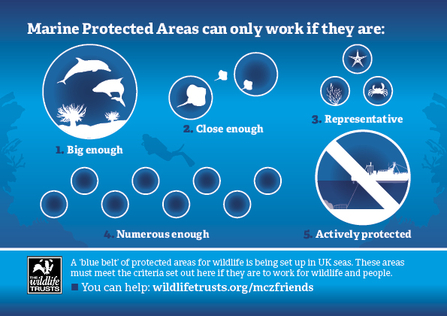
Monitoring Marine Protected Areas
Once management measures or plans are in place, monitoring is required to ensure MPAs are effective.
Through The Wildlife Trusts' Shoresearch scheme, hundreds of volunteers are working with us to survey coastal MPAs all around the UK. This scheme, designed together with Natural England, is so robust that the data collected can be used to monitor MPAs to ensure that they are being properly managed.
MPAs have been proven to have a positive effect beyond their boundaries, where thriving wildlife populations spill out into the surrounding (non-protected) sea. In the UK, there is a well-researched example of this around Lundy Island, England’s first Marine Conservation Zone. Here, the lobsters within the MCZ were found to be larger than those in the surrounding area. Over time, the larger lobsters moved out into the non-protected area. This “spillover effect” has been found to benefit fisheries, showing that MPAs are good news for both people and wildlife.

